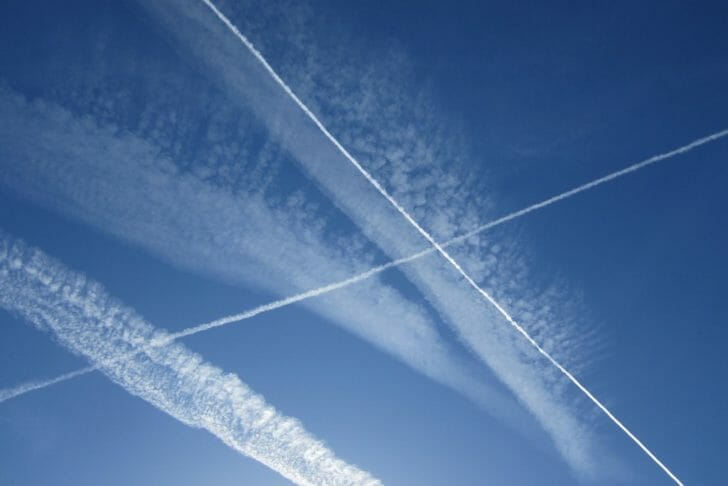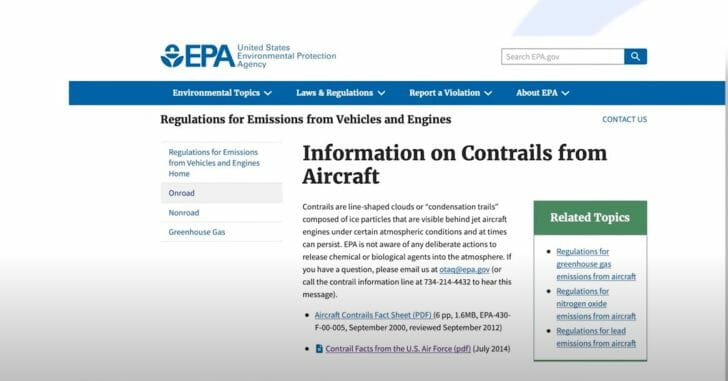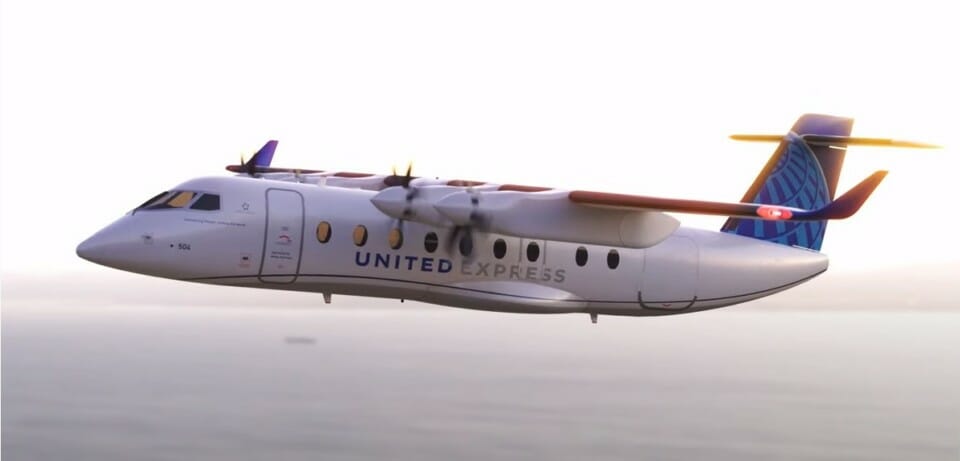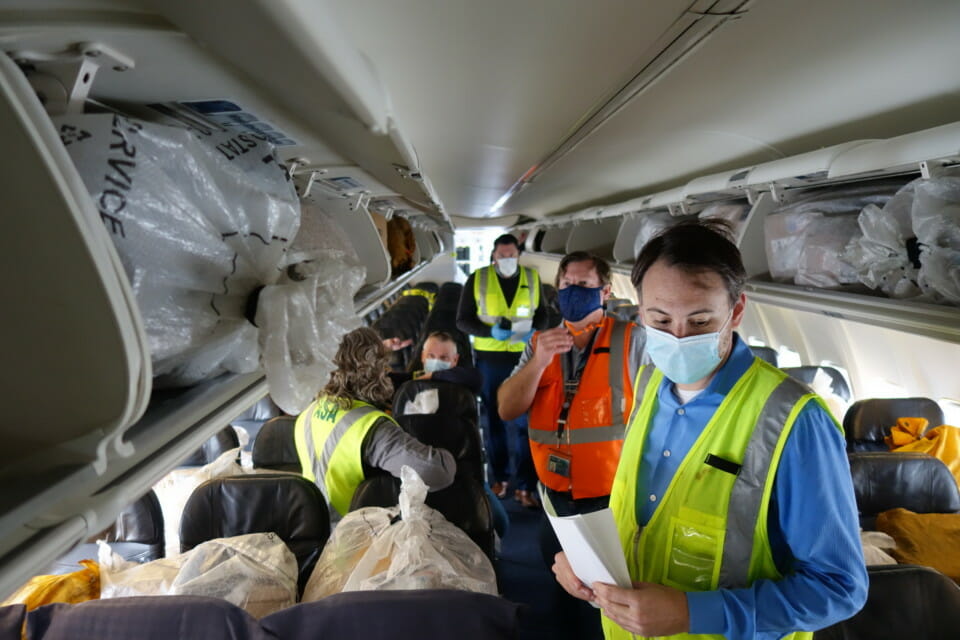Looking up at the sky, you can at times see a patchwork of while trails behind jets as they criss-cross the sky. What are condensation trails (contrails) and how do they form? Today, we will take a look at the conditions that form these vapor trails produced by high-altitude flying. The video below by Simple Flying shows how contrails are formed.
Condensation Trails
These contrails form as a result of aircraft engines burning fuel at high altitudes under the right conditions. What are in those wispy, white trails? These trails are made up of:
- Carbon dioxide,
- Oxides of sulfur,
- Oxides of Nitrogen,
- Unburned fuel,
- Soot,
- Metal particles and
- Water vapor.
Not all high-altitude flights produces contrails. Contrails form as a result of three factors that have to be present in flight:
- The airstream produced the wake as the aircraft travels through the air,
- The humidity in the ambient air must be high enough and
- The air temperature must be low enough.
You may have seen contrails last a short time or remain in the sky for some time. The rate of evaporation depends a lot on the humidity level at high altitudes. Contrails will evaporate quicker in a low humidity environment. What about those contrails formed at low altitudes when an airplane is on final approach for landing? In these examples, contrails are formed by a decrease in air pressure caused by a vortex created by the tips of the wings and flaps.
The Contrail Video
Final Thoughts
As a little boy, I was always fascinated by the artistry of high-altitude flight. My dad told me that were ice crystals produced by the engines but that is only the beginning. The chemistry and physics involved in the formation and duration of contrails are really remarkable. Now you know the story behind the white lines in the sky.








